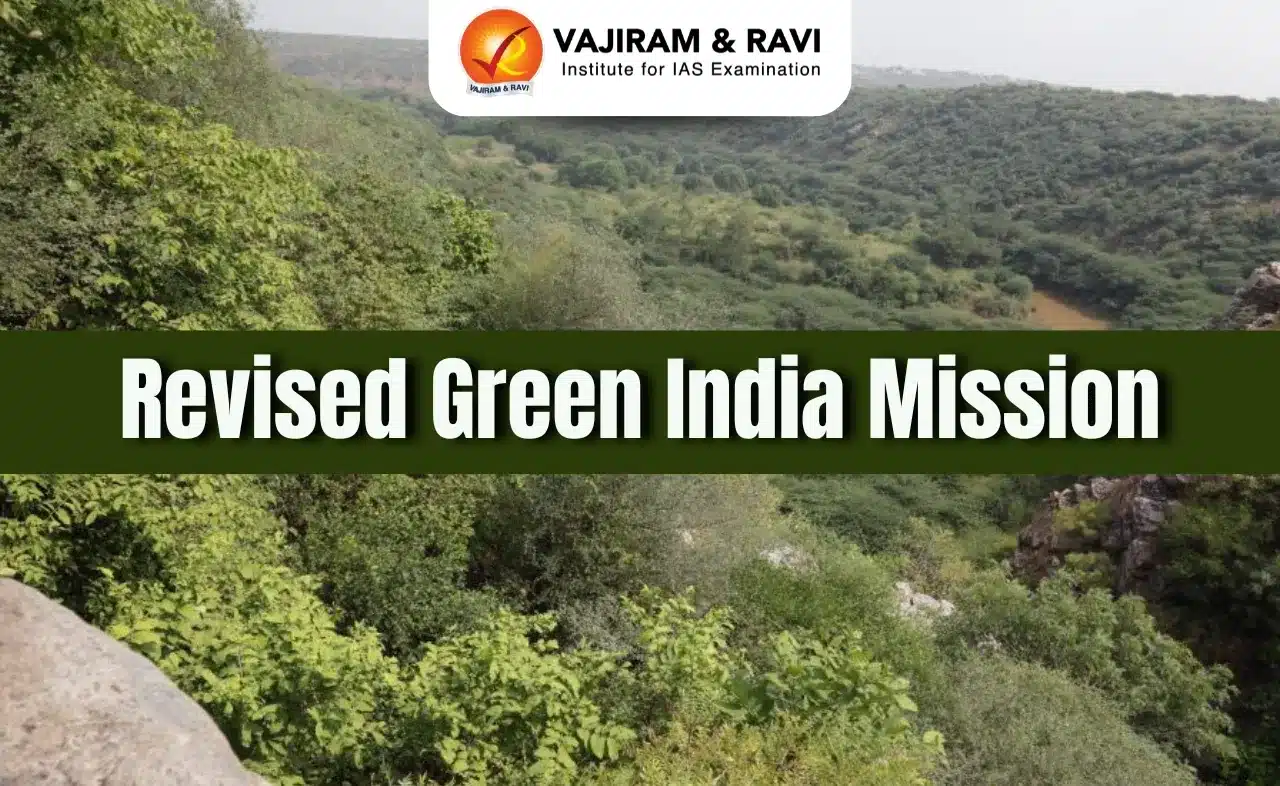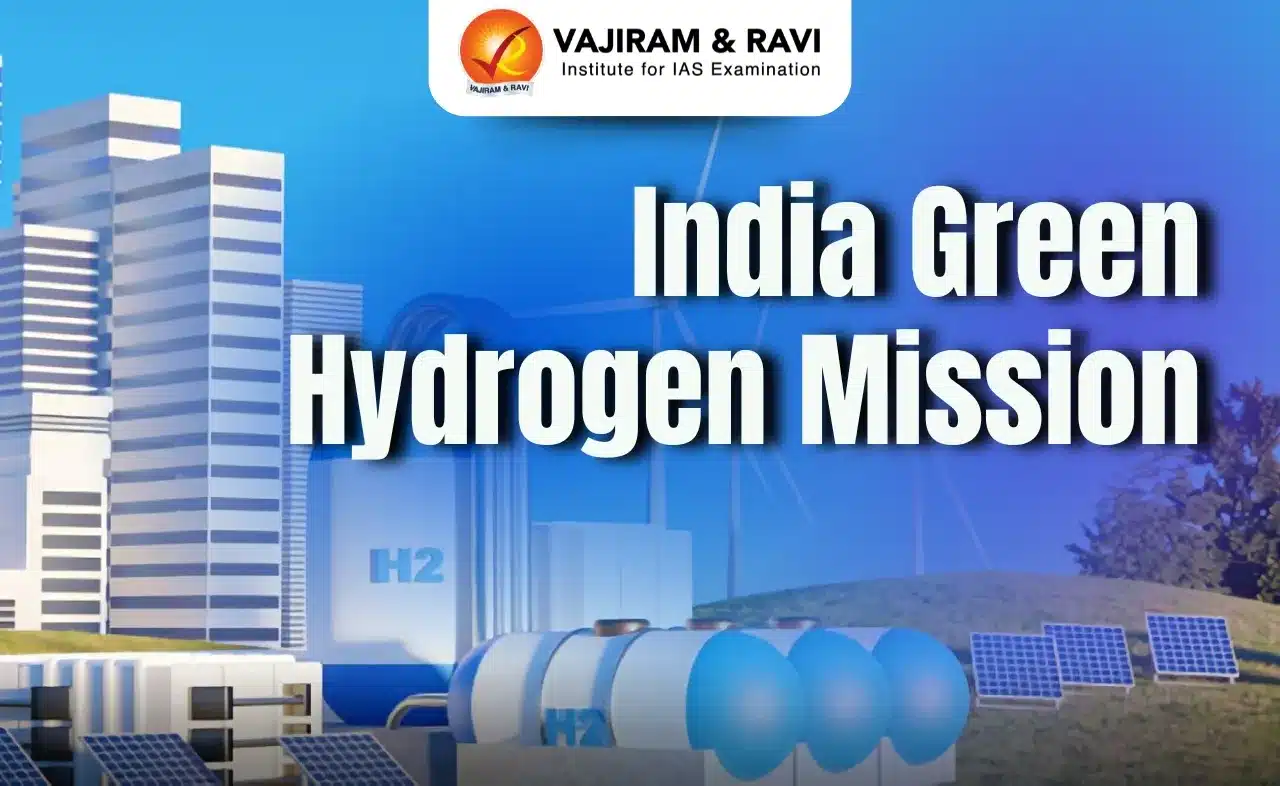Pulse and Oil Imports Latest News
- Pulses and oilseed farmers across India face a persistent crisis due to the lack of systematic government procurement at Minimum Support Prices (MSP).
- Unlike rice and wheat, which benefit from robust public procurement, crops like moong, chana, masoor, and soyabean are often sold in open markets at rates well below their MSPs.
- This disparity leaves farmers vulnerable to market fluctuations, forcing them to sell at loss-making prices, despite using high-yielding, recommended crop varieties.
- In regions with black cotton soil, where pulses and oilseeds are naturally suited, farmers have limited cropping options, making them heavily dependent on these undervalued crops.
- Despite poor returns, many continue planting these crops due to the absence of viable alternatives, reflecting a systemic policy gap in supporting India’s pulse and oilseed producers.
Record Pulses Imports: A Setback for Domestic Growers
- All-Time High Imports in 2024-25
- India imported 7.3 million tonnes (mt) of pulses worth $5.5 billion in 2024–25, surpassing the previous record of 6.6 mt ($4.2 billion) in 2016–17.
- This marks a significant jump from the average 2.6 mt ($1.7 billion) imported annually between 2017–18 and 2022–23.
- Past Gains in Self-Sufficiency Reversed
- India had achieved relative self-sufficiency in pulses with output rising to 27.3 mt in 2021–22 and 26.1 mt in 2022–23, thanks to high-yield, short-duration varieties of chana and moong.
- These gains were undone by an El Niño-induced drought in 2023–24, which reduced production to 24.2 mt, recovering only slightly to 25.2 mt in 2024–25.
- Duty Cuts Trigger Import Surge
- With retail inflation in pulses hitting double digits by mid-2023, the government slashed import duties, prompting a surge in imports.
- Inflation Falls, Farmers Hit
- The import surge cooled CPI inflation in pulses, which dropped from 3.8% in Dec 2024 to -8.2% by May 2025.
- However, this led to market prices falling below MSPs.
India’s Vegetable Oil Crisis: Rising Imports and Farmer Distress
- Soaring Import Dependence
- Over the past 11 years, India’s vegetable oil imports have doubled—from 7.9 million tonnes (mt) in 2013–14 to 16.4 mt in 2024–25.
- In value terms, imports rose from $7.2 billion to $20.8 billion, driven partly by the Russia-Ukraine war's supply disruptions.
- Heavy Reliance on Imported Oils
- In 2024–25, India imported:
- 7.9 mt of palm oil (Indonesia, Malaysia)
- 4.8 mt of soyabean oil (Argentina, Brazil)
- 3.5 mt of sunflower oil (Russia, Ukraine, Argentina)
- Meanwhile, domestic oil production (including cottonseed, rice bran, maize) remains stagnant at ~10 mt, resulting in an import dependency of over 60%.
- In 2024–25, India imported:
- Inflation and Duty Cuts
- With vegetable oil inflation at 17.9% in May 2025, the government slashed basic customs duty on crude palm, soyabean, and sunflower oil from 20% to 10%, reducing the total import tariff from 27.5% to 16.5%.
- Global Projections and Market Flooding
- The USDA expects global vegetable oil production to hit 235 mt in 2025–26, led by palm (80.7 mt) and soyabean (70.8 mt).
- Lower Indian tariffs may lead to even higher imports, including from the U.S., per a USDA report.
- Impact on Indian Farmers
- The Soyabean Processors Association of India has warned that the duty cut will flood Indian markets with cheaper oils, hurting local prices.
- This may discourage farmers from sowing oilseeds, especially soyabean, in the upcoming kharif season, affecting domestic production further.
Source: IE
Pulse and Oil Imports FAQs
Q1: Why are Indian pulse and oilseed farmers struggling?
Ans: Lack of MSP procurement forces them to sell below cost, despite using high-yield varieties and facing market instability.
Q2: How high were India’s pulse imports in 2024–25?
Ans: India imported 7.3 million tonnes of pulses worth $5.5 billion, the highest in its trade history so far.
Q3: What triggered the surge in pulse imports?
Ans: El Niño-induced drought and high retail inflation led to duty cuts, prompting a spike in cheaper foreign imports.
Q4: What is India’s vegetable oil import dependency?
Ans: India imports over 60% of its edible oil needs, with 16.4 million tonnes brought in during 2024–25 alone.
Q5: How are duty cuts affecting Indian oilseed farmers?
Ans: Lower duties may flood markets with cheap oils, discouraging domestic cultivation and reducing incentives to sow oilseeds.




